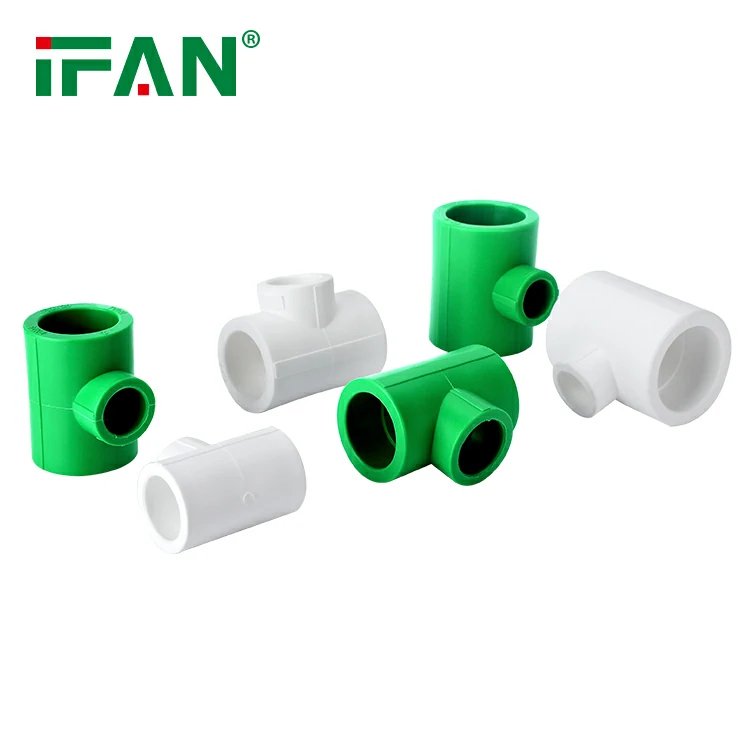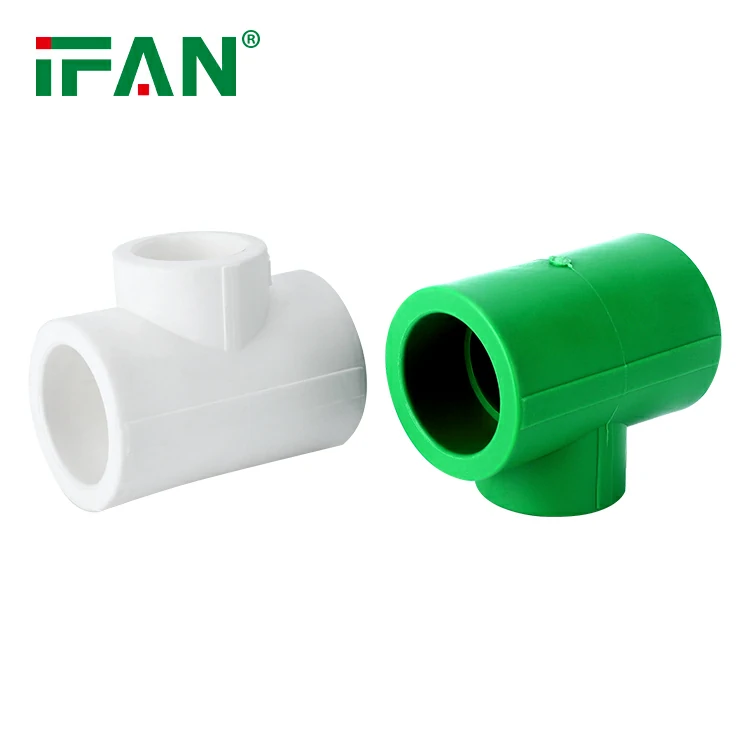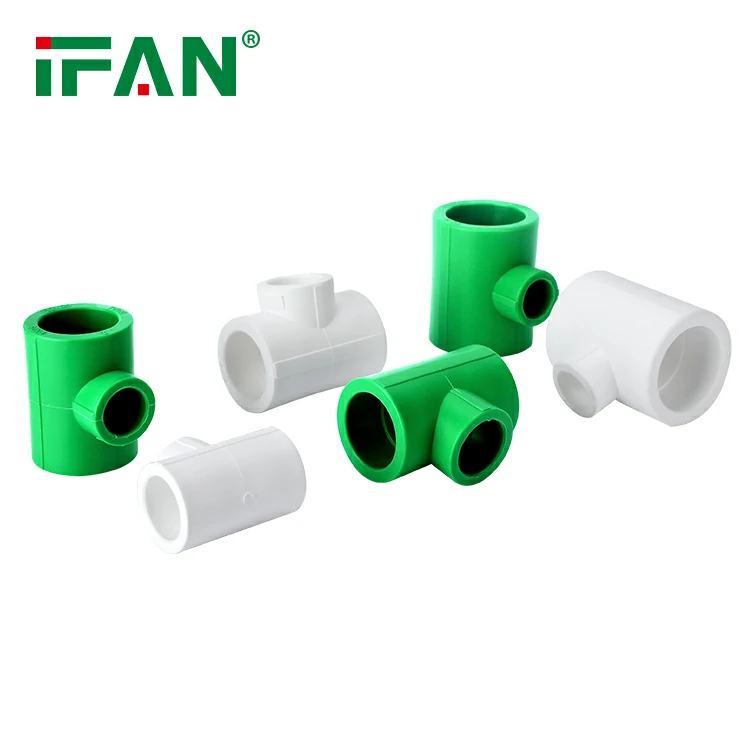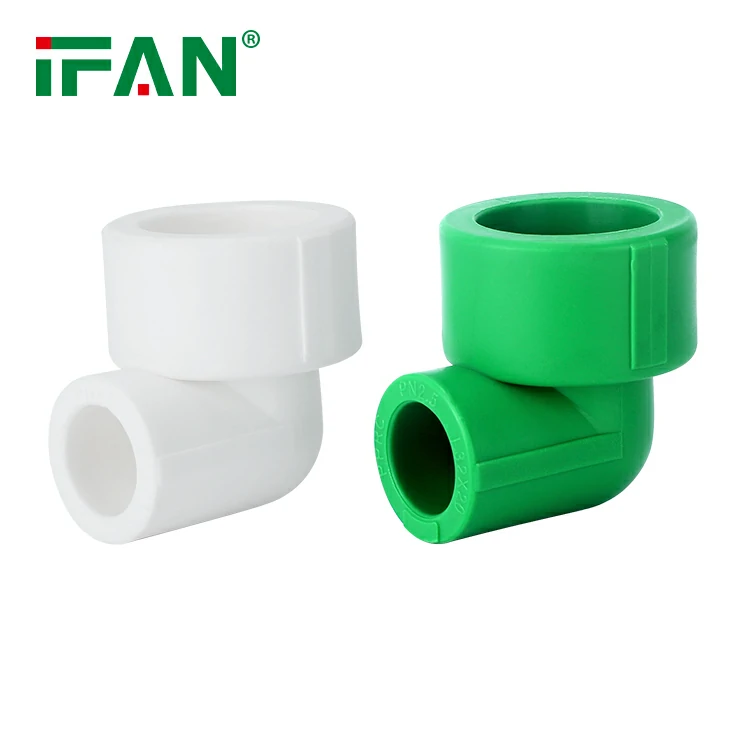ASTM2846 (501): CPVC Fittings
for Industrial Piping Applications
Introduction
This article discusses the benefits of using CPVC fittings for industrial piping applications, specifically focusing on the ASTM2846 (501) standard.
CPVC Fittings
CPVC (Chlorinated Polyvinyl Chloride) is a thermoplastic material that is strong, durable, and resistant to high temperatures and chemicals. CPVC fittings are easy to install, require minimal maintenance, and are cost-effective compared to traditional metal fittings.
ASTM2846 (501) Standard
This standard specifies the requirements for CPVC fittings, including dimensional, performance, and quality standards. The ASTM2846 (501) standard ensures that CPVC fittings are reliable and safe for use in industrial piping systems.
Efficiency
The use of CPVC fittings can increase the efficiency of industrial piping systems. CPVC fittings have a smooth interior, which reduces friction and allows for faster and more efficient flow of fluids. CPVC fittings also have a high flow rate, which minimizes pressure loss and saves energy.
Cost-Effectiveness
CPVC fittings are a cost-effective alternative to traditional metal fittings. CPVC fittings are lighter in weight, which reduces shipping and installation costs. CPVC fittings also require less maintenance and have a longer lifespan compared to traditional metal fittings.
Environmental Benefits
CPVC fittings are an environmentally friendly option for industrial piping systems. CPVC fittings do not contain harmful chemicals and are recyclable. The use of CPVC fittings can also help reduce energy consumption, which results in lower greenhouse gas emissions.
Conclusion
ASTM2846 (501) efficient and cost-effective CPVC fittings are a reliable and safe option for industrial piping applications. The use of CPVC fittings can increase efficiency, save costs, and provide environmental benefits.





